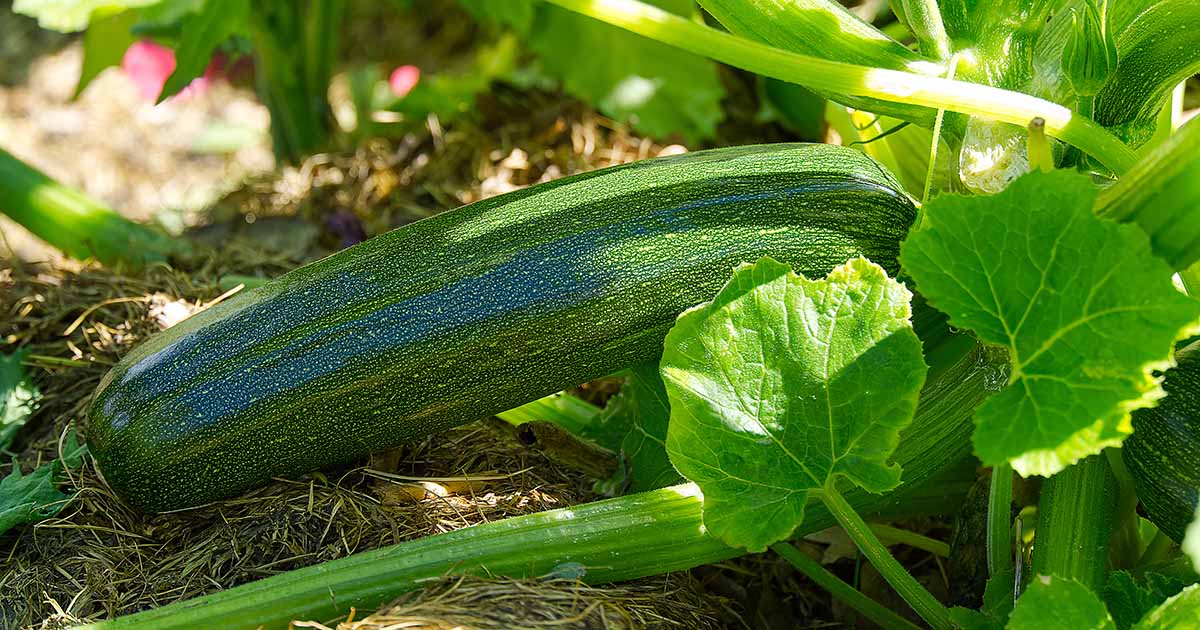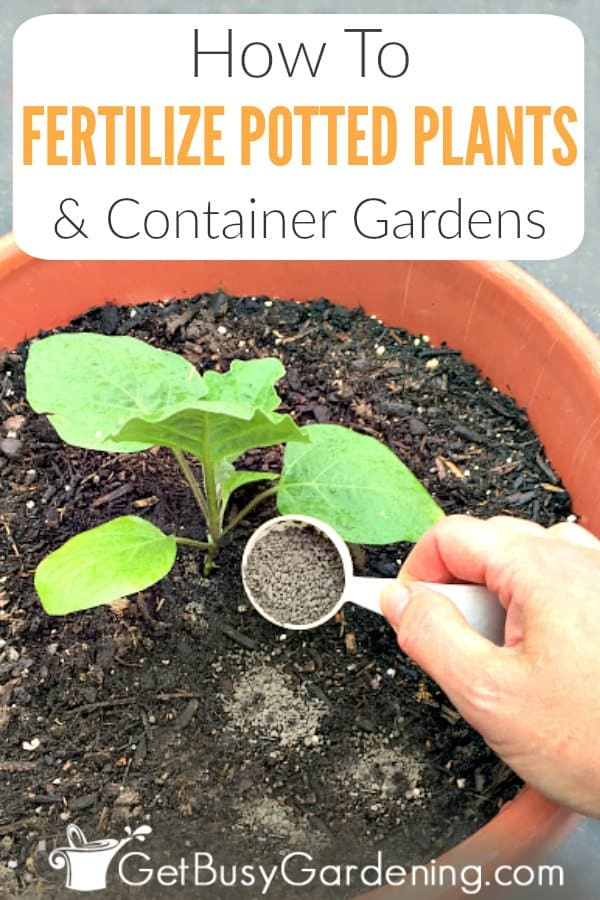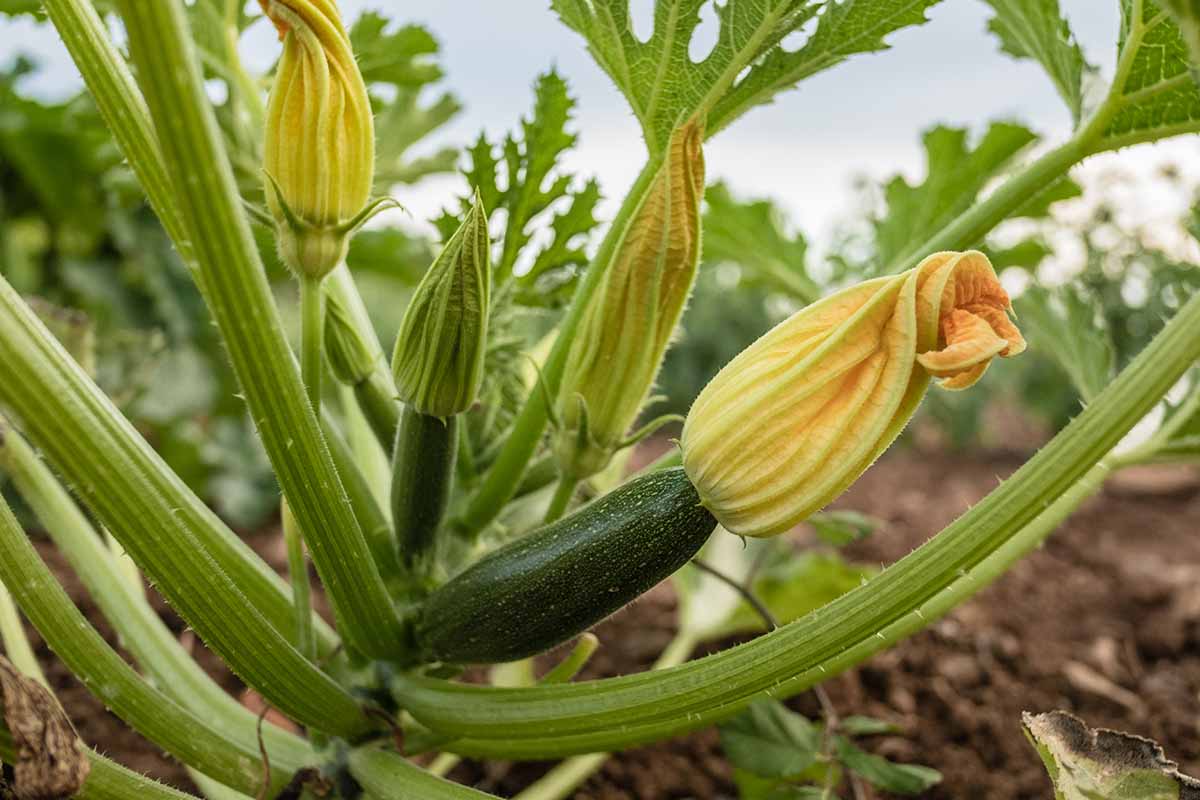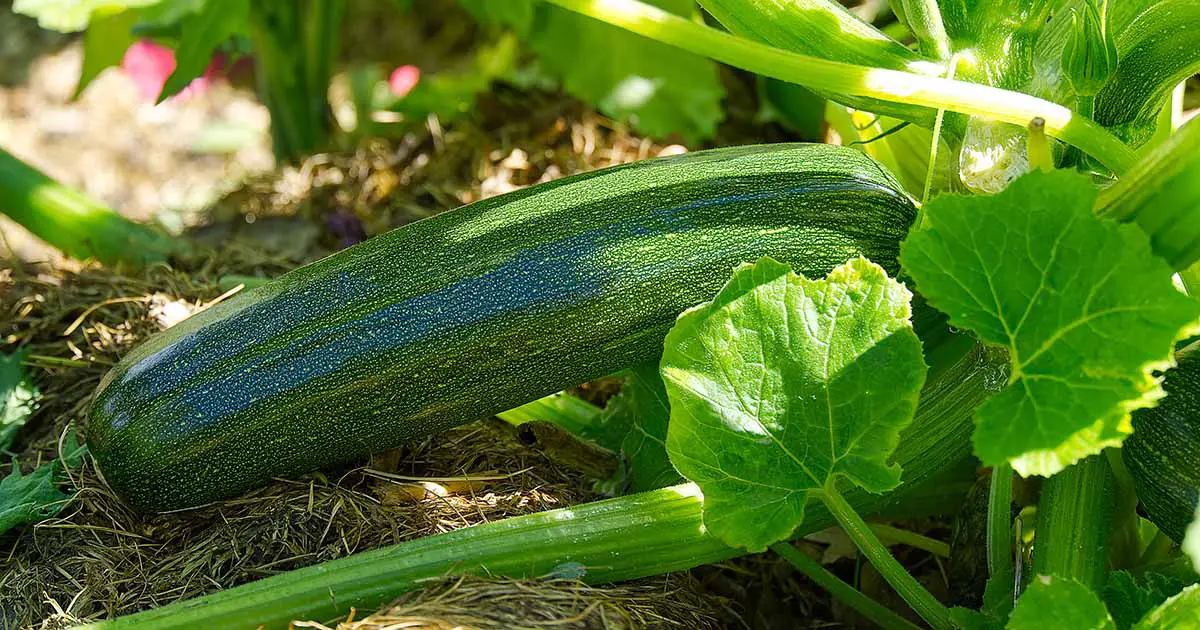You’re about to become a zucchini plant expert! In this guide, we will walk you through the ins and outs of fertilizing zucchini plants. We’ll cover everything you need to know, including how often to fertilize, the best fertilizers to use, and tips for ensuring healthy and bountiful zucchini harvests. Whether you’re a seasoned gardener or just starting out, this article will equip you with the knowledge and confidence to nurture your zucchini plants and enjoy a thriving garden all season long. So, let’s dig in and discover the secrets to fertilizing zucchini plants!
A Guide to Fertilizing Zucchini Plants
Understanding the Nutrient Needs of Zucchini Plants
Zucchini plants, like any other plant, require certain nutrients to grow and thrive. Understanding the nutrient needs of your zucchini plants is crucial in order to provide them with the right type and amount of fertilizer. The primary macronutrients that zucchini plants require are nitrogen (N), phosphorus (P), and potassium (K), which are commonly referred to as NPK. Additionally, they require secondary nutrients like calcium, magnesium, and sulfur, as well as micronutrients such as iron, zinc, manganese, and copper. By ensuring that your zucchini plants receive these essential nutrients, you can promote healthy growth, better yields, and overall plant vigor.
Choosing the Right Fertilizer
When it comes to choosing the right fertilizer for your zucchini plants, there are a few factors to consider. First, consider the NPK ratio on the fertilizer label. This ratio indicates the relative amounts of nitrogen, phosphorus, and potassium in the fertilizer. For zucchini plants, a balanced fertilizer with an equal or near-equal ratio of NPK, such as 10-10-10 or 12-12-12, is generally suitable. However, it’s important to note that the specific nutrient requirements may vary depending on the soil conditions and other environmental factors. Consulting a local agricultural extension office or a professional gardener can help you determine the ideal fertilizer formulation for your zucchini plants.

Organic vs. Synthetic Fertilizers
When choosing a fertilizer for your zucchini plants, you’ll also need to decide between organic and synthetic fertilizers. Organic fertilizers are derived from natural sources, such as compost, manure, or bone meal. They release nutrients slowly and improve soil structure and fertility over time. Synthetic fertilizers, on the other hand, are manufactured using chemical compounds and provide nutrients in a more readily available form. Both types of fertilizers have their own advantages and disadvantages. Organic fertilizers are generally safer for the environment and promote long-term soil health, while synthetic fertilizers can provide a quick nutrient boost. Ultimately, the choice between organic and synthetic fertilizers depends on personal preference, environmental considerations, and the specific needs of your zucchini plants.
Using Compost as Fertilizer
Compost, an essential component of organic gardening, can be a valuable source of nutrients for your zucchini plants. It is rich in organic matter, beneficial microorganisms, and a wide range of nutrients. Adding compost to your garden beds before planting zucchini or using it as a side-dressing during the growing season can enhance soil fertility and improve overall plant health. To use compost as fertilizer, spread a layer of compost around the base of the zucchini plants, avoiding contact with the stems. As the compost breaks down, it releases nutrients slowly, feeding the plants gradually over time. This organic approach not only provides essential nutrients but also enriches the soil, promotes moisture retention, and helps suppress diseases and pests.

When to Start Fertilizing Zucchini Plants
The timing of when to start fertilizing your zucchini plants depends on the initial soil conditions and the growth stage of the plants. Before planting, it’s recommended to conduct a soil test to assess the nutrient levels and pH of the soil. If the test reveals deficiencies in essential nutrients, you can amend the soil accordingly before planting. Once the zucchini plants are established, you can begin regular fertilization. Generally, it’s advisable to start fertilizing about two weeks after transplanting or when the seedlings have developed a few true leaves. This allows the plants to establish their root systems before receiving a nutrient boost.
How Often to Fertilize Zucchini Plants
The frequency of fertilizing zucchini plants depends on various factors, including the soil quality, the fertilizer type, and the growth stage of the plants. As a general guideline, zucchini plants should be fertilized every 4-6 weeks throughout the growing season. However, it’s crucial to monitor the plants closely and adjust the fertilization schedule based on the plant’s appearance and the soil’s nutrient levels. Over-fertilization can lead to excessive vegetative growth, weak plants, and reduced fruit production. On the other hand, under-fertilization can result in nutrient deficiencies, stunted growth, and poor yields. Finding the right balance is key to ensuring optimal growth and productivity.

Applying Fertilizer at Planting Time
When planting zucchini, it’s beneficial to incorporate a balanced fertilizer into the planting hole or mix it with the soil in the planting area. This practice provides the young seedlings with a boost of nutrients right from the start. To apply fertilizer at planting time, dig a hole slightly deeper and wider than the root ball of the plant. Mix the recommended amount of fertilizer, based on the fertilizer package instructions and the size of the planting hole, with the removed soil. Place the seedling in the hole, backfill with the amended soil, and gently firm the soil around the base of the plant. Water thoroughly to ensure proper nutrient uptake and plant establishment.
Side-Dressing the Zucchini Plants
Side-dressing refers to the practice of applying fertilizer alongside the plants during the growing season. It is an effective way to replenish nutrients that may have been depleted in the soil over time. To side-dress your zucchini plants, create shallow trenches or furrows about 4-6 inches away from the plant’s base. Apply the recommended amount of fertilizer evenly along the trench and gently cover it with soil. Water the area thoroughly after side-dressing to aid in nutrient absorption. Side-dressing can be done every 4-6 weeks throughout the growing season to ensure a steady supply of nutrients for healthy and vigorous zucchini plants.

Fertilizing During the Growing Season
During the growing season, continuous fertilization is essential to meet the nutrient demands of zucchini plants as they undergo rapid growth and fruit production. Regularly monitor the plants for any signs of nutrient deficiencies and adjust the fertilizer application accordingly. However, it’s essential to avoid over-fertilizing, as excessive nutrient levels can be detrimental to the plants. Applying too much nitrogen, in particular, can lead to lush vegetative growth at the expense of fruit development. It’s important to strike a balance between providing adequate nutrients and not overwhelming the plants. Observing the plant’s appearance, growth rate, and fruit production can help gauge the need for fertilizer adjustments.
Signs of Over-Fertilization and How to Correct It
Over-fertilization can sometimes occur, resulting in certain visible signs in zucchini plants. Some common signs of over-fertilization include leaf burn or scorching, stunted growth, excessive foliage, and reduced fruit production. If these symptoms appear, it’s important to take corrective measures promptly. One approach is to flush the excess fertilizer from the soil by thoroughly watering the affected plants. This helps leach out the excessive nutrients and reduce their concentration in the root zone. Additionally, reducing or eliminating further fertilizer applications and allowing the plants to recover naturally can help restore balance and normal growth. Monitoring the plants closely and providing proper care can prevent over-fertilization and promote healthy plant development.

Conclusion
Fertilizing zucchini plants is a crucial aspect of successful gardening. By understanding the nutrient needs, choosing the right fertilizer, and following proper application techniques, you can ensure the healthy growth and abundant yields of your zucchini plants. Whether you opt for organic or synthetic fertilizers, it’s important to maintain a balanced approach and consider the specific requirements of your plants. Regular monitoring, timely adjustments, and proper care throughout the growing season will help you achieve a bountiful zucchini harvest and enjoy the delicious fruits of your labor. Happy gardening and happy zucchini growing!



